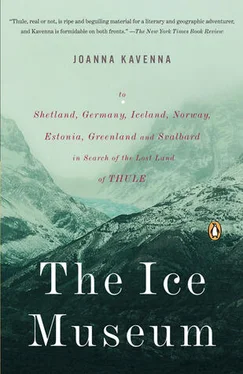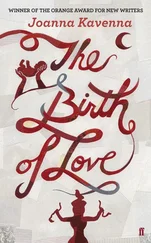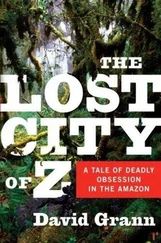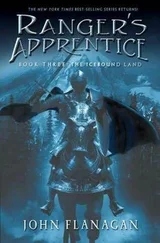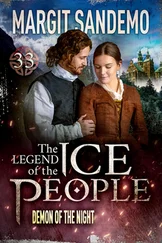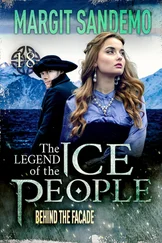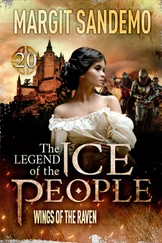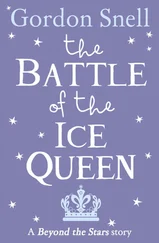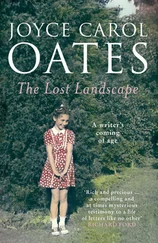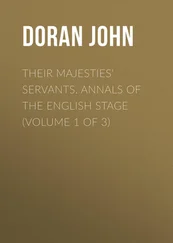The bar downstairs was a beacon of noise, spilling jeering crowds onto the pavement. It drew me from my room. The scene at the bottom of the stairs was like a piece of performance art, entitled ‘conviviality.’ The Bavarians were sitting around tables, while the hostess slammed glasses of beer into their hands. Silence was verboten ; everyone screamed and cheered, laughter came in basso waves across the room. The tables were engulfed in noise, a sense of community so pronounced it seemed like collective madness.
I sat by the fire, and a table called towards me. ‘Who are you?’ ‘Why are you here?’ I mentioned Thule, and one of them interrupted, a man with a blond moustache, who told me his name was Martin. ‘Thule? But why here? Thule was in the north!’ he said. ‘You should go to the north!’ said another. ‘Why are you here?’ another consortium of Bavarians was asking, and then the hostess slammed a vast tankard of beer in front of me, and they all forgot the question and cried: ‘Your health! Your health!’
The guttural sound of Bavarian German merged into a soft sound track—pleasantries, comments on the weather. It had rained; it would rain, everyone agreed, sounding like a lesson in the complexities of German grammar. After Martin turned back to his friends, I spent the evening reading Goethe, leafing through Faust to find his song about Thule:
Es war ein König in Thule
Gar treu bis an das Grab
Dem sterbend seine Buhle
Einen goldnen Becher gab. . . .
In English the lines mean something like: ‘In Thule there lived a king, faithful to the grave, to whom his dying beloved gave a golden cup.’ It all works out mournfully enough: the king prizes the golden cup above all his other possessions, and drinks from it at every meal, while crying for his departed loved one. And when he comes to die, he hands over his kingdom to his heirs but refuses to give anyone his golden cup. So, in his castle by the sea, he drinks for a last time from the cup and then throws it into the waves below. After seeing it disappear beneath the water, he closes his eyes and dies. It is a fairytale song, its location in Thule suggesting a faraway land, a forgotten royal house. Thule is just one among the many references Goethe toys with in his play: from inevitable reams of classical mythology to tales of northern witches, elves and gnomes. It is another cameo appearance for the idea of Thule in a tale of unmeasured human ambitions, the ambitions of Faust for knowledge, which lead him to his pact with Mephistopheles. The refusal to accept imposed limits, the interplay between fantasy and reality, compelled Goethe. He took up these themes in his first major work, The Sorrows of Young Werther , and Werther became an early romantic archetype, a man in love with the ‘inexpressible beauty of Nature,’ a man of impetuous energies and charisma. Werther walks through valleys teeming with vapour, warmed by the meridian sun, he throws himself down by trickling streams, lying close to the earth, sniffing at plants and little insects, muttering ecstatically about ‘the breath of that universal love which bears and sustains us.’ But though his nature love runs to pantheism, Werther’s desires are focused firmly in the human world, and when his love is unreciprocated, he falls into despair. Thwarted, his dynamism turns to destructiveness. Refusing life on any terms except his own, he kills himself.
Romanticism bubbled into the nineteenth century, poured into the paints of Caspar David Friedrich, who painted silent shores clad in mist or russet sunlight glinting across forests. Friedrich added spiritual yearning to his landscapes, making the scenery allegorical. In his paintings, he contrasted dying nature, trees decaying on a darkened mountainside, with white clouds and rising fog offering a fleeting suggestion of an invisible world. In Sumpfiger Strand he painted figures with their backs to a darkened shore, turned towards a cloudy sky, with traces of sunshine behind the clouds. The figures seem to wait for the clouds to lift, for the brilliance of the sun to be revealed. Carl Rottman, Joseph Anton Koch and Ludwig Richter painted heroic landscapes of hardy rustic people living simple lives in the country, praying under the trees, struggling against harsh winds. They were sometimes sentimental, like Richter painting pretty peasants decked in garlands, but then Richter could rise to moments of pity and terror, standing his rustics on tenuous mountain ledges, blasting them with winds, showing the agony in their faces. They were ecumenical: they roamed from Italy to Greece to Scandinavia; they painted any landscape they found striking. Some, like Rottman, showed a penchant for still blue Mediterranean waters and ancient ruins under a shifting sky; others preferred northern greyness. They were humbled and inspired by the vastness of the mountains, the physical embodiment of the complex workings of God, or the Life Force, or the World Spirit, finding themselves transported from the concerns of the everyday. The strain of German Romanticism had its florid moments; the nineteenth-century Bavarian king Ludwig II created the fairytale palace Neuschwanstein to the south of Munich and decked it with opulent gothic carvings, tableaux representing warriors in armour on horseback, lances at the ready, damsels with long tresses clutching their skirts. Ludwig II spent the family fortune on tapestries of Tristan and a theatre full of Wagnerian stage sets, and then succumbed to madness. A predecessor, Ludwig I, had adorned the Residenz with scenes from the Nibelungen Saga, though he tempered them with neo-classicism.
In the early years of the twentieth century, something began to shift. Reactionaries, fearful of the changes happening in Germany, turned nostalgically towards a nobler age, they thought. Extreme nationalists recalled the time when Germans were as Tacitus described them, a tribe of strawberry-blond warriors, living in the forests. At the end of the First World War there were German writers who claimed that the Germans had lost the war because they had not been rooted firmly enough in the soil. To glorify the land was to draw on the strength of unchanging ages, the vast forests and mountains, the abundance of nature, offering solace to a weak and beaten nation. The Thule Society members were transfixed by this dream of a rugged people living in the north, using it to console themselves for recent humiliations. The Nazis later dipped into this store of national myth, claiming that they followed a Germanic tradition, eliding Saga tales with Romantic ideas about the virtuous life in nature. Nazi nature love was the will to racial cleansing masquerading as heritage studies, a riot of pseudo-mysticism, rune readings and false history. They aped the Romantic transports of delight in the mountains and forests, but Nazi nature love was a form of national chauvinism—the people came first, and then the land, as the further proof of the purity of the people. Only the mountains imagined to ‘belong’ in some way to the Aryan race were to be memorialized. In the hands of the Nazis the ideals of Romanticism became a partisan obsession, spawning a range of things, from Hitler youth groups to an iconography of the Führer and ‘his mountains,’ though Hitler hated to walk uphill.
In Munich Nazi history seeps out from under the reconstructed stones. Hitler’s rise through local faction fighting is well documented: his arrival as one of the uncertain soldiers; his meteoric ascent as an orator, addressing seething beer halls; his attempted putsch of 1923, when he tried to seize the city by force, and was imprisoned outside Munich. In the cult of National Socialism, Munich was the home of the ‘movement.’ Once he became chancellor, Hitler built a vast complex of buildings in Munich, around Königsplatz, a neo-classical square created by Ludwig I. Hitler wanted Königsplatz because of the regal columns and the shapely symmetry of the buildings. The buildings Hitler added to the square were brutal copies of this earlier neo-classicism, their columns harsh and unadorned, rising into horizontal slabs. The Nazi complex spread across the streets around the square; Hitler operated a deliberate policy of expropriation, which meant that by 1939 more than fifty buildings in the area were being used for Nazi Party activities. It became a site for Nazi carnivals and demonstrations: Königsplatz was where books were burnt in 1933; two years later, the square was paved with granite slabs and turned into a parading ground for Nazi troops. The former showpiece of the Wittelsbachs became Hitler’s ‘Royal Square.’ By 1940 thousands of people worked there. The area had its own power supplies, warehouses for storing food, vast kitchens to serve the employed masses, its own post and telegraph offices. Underneath the buildings was an intricate network of bunkers and underground passages.
Читать дальше
